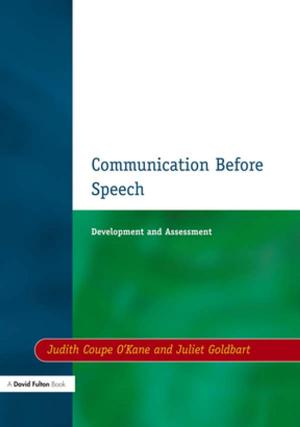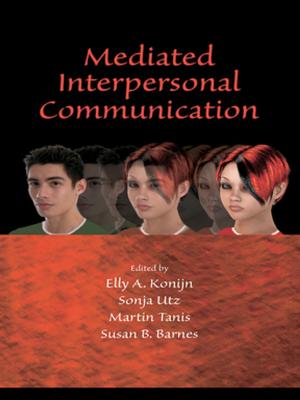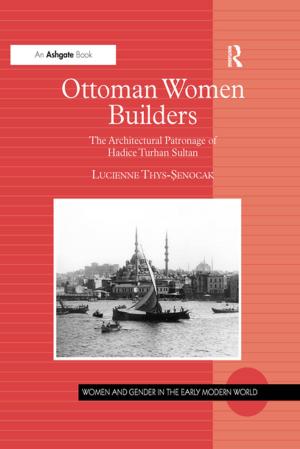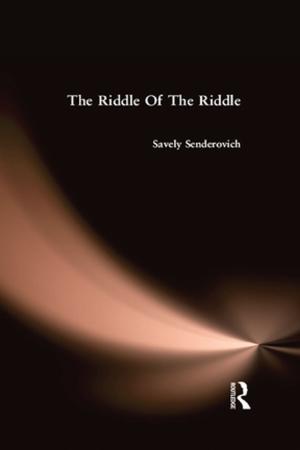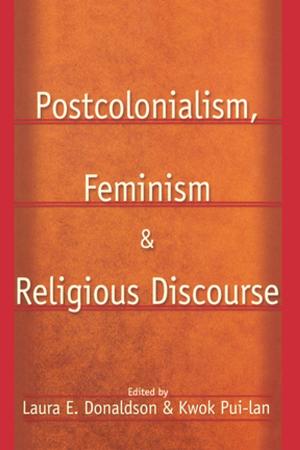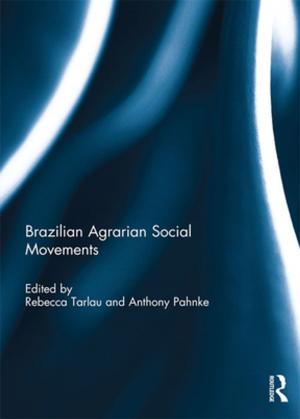China's Water Pollution Problems
Nonfiction, Social & Cultural Studies, Political Science, Government, Public Policy, International, Business & Finance, Economics| Author: | Claudio O. Delang | ISBN: | 9781317209256 |
| Publisher: | Taylor and Francis | Publication: | March 31, 2016 |
| Imprint: | Routledge | Language: | English |
| Author: | Claudio O. Delang |
| ISBN: | 9781317209256 |
| Publisher: | Taylor and Francis |
| Publication: | March 31, 2016 |
| Imprint: | Routledge |
| Language: | English |
Water pollution is one of the most serious problems plaguing China today with millions of citizens drinking water unfit for consumption. These abysmal conditions have fuelled increasing social discontent, as people become more concerned by the need to address the pressing issues of water pollution, scarcity, and waste management.
This book describes how and why China has ended up in such a dire situation, what the government is doing to address the problem and the difficulties encountered in attempting to reduce pollution. The analysis is based on both gray literature (newspaper articles, NGO reports, Chinese government information) and on academic studies. The gray literature gives a voice to those who suffer from the pollution, their advocates, and government officers, and allows the reader to better grasp the conditions on the ground, and the impact of the air pollution among the people in different areas in China. The academic literature adds a theoretical perspective and brings these different case studies into a broader context.
This book will be of great interest to students of environmental pollution and contemporary Chinese studies looking for an introduction to the topic, as well as researchers looking for an analysis of China's environmental problems.
Water pollution is one of the most serious problems plaguing China today with millions of citizens drinking water unfit for consumption. These abysmal conditions have fuelled increasing social discontent, as people become more concerned by the need to address the pressing issues of water pollution, scarcity, and waste management.
This book describes how and why China has ended up in such a dire situation, what the government is doing to address the problem and the difficulties encountered in attempting to reduce pollution. The analysis is based on both gray literature (newspaper articles, NGO reports, Chinese government information) and on academic studies. The gray literature gives a voice to those who suffer from the pollution, their advocates, and government officers, and allows the reader to better grasp the conditions on the ground, and the impact of the air pollution among the people in different areas in China. The academic literature adds a theoretical perspective and brings these different case studies into a broader context.
This book will be of great interest to students of environmental pollution and contemporary Chinese studies looking for an introduction to the topic, as well as researchers looking for an analysis of China's environmental problems.

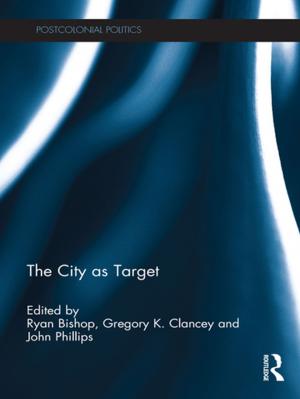



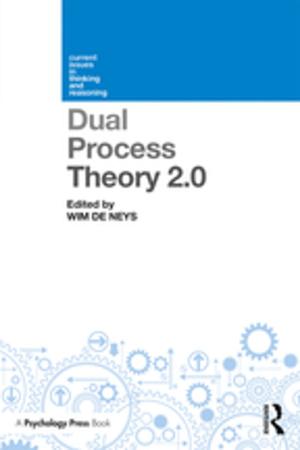

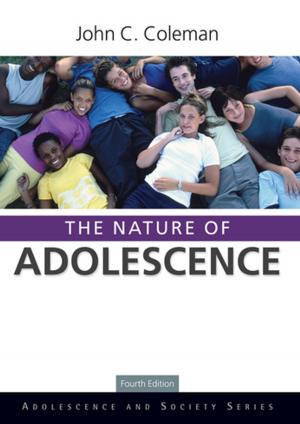
![Cover of the book The Works of Charles Darwin: Vol 8: Geological Observations on the Volcanic Islands Visited during the Voyage of HMS Beagle (1844) [with the Critical Introduction by J.W. Judd, 1890] by Claudio O. Delang](https://www.kuoky.com/images/2016/july/300x300/9781315477350-dr3I_300x.jpg)
